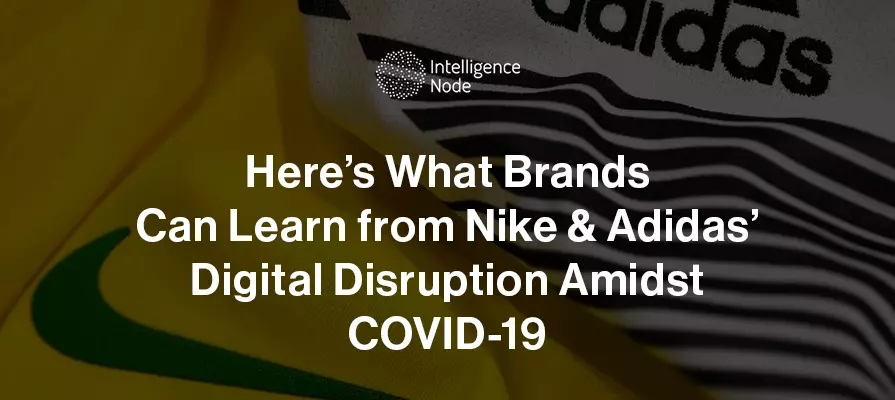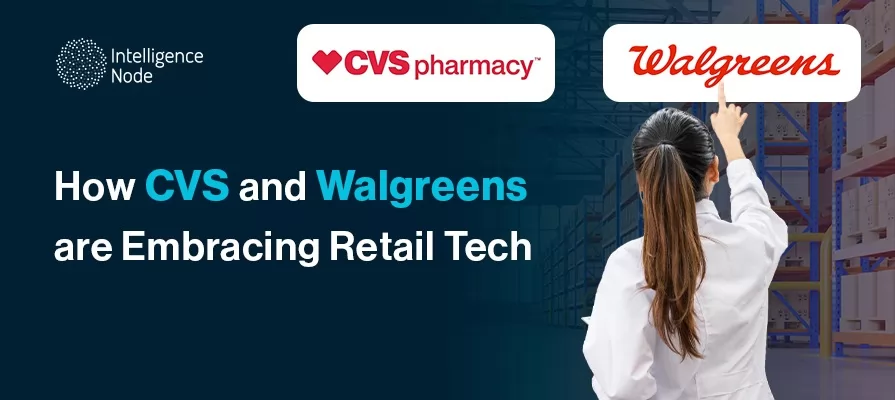Predictions and Insights for Industry Leaders
While the luxury industry took a while to pivot to digital, the last two years have seen a big uptick in digital investments, including innovation and collaborations in the metaverse universe. The US luxury market is forecasted to reach $126 billion by 2026, growing at a CAGR of 1.3% annually. eCommerce luxury sales are forecasted to triple in proportion to the total global luxury market sales by 2025, reaching $91 billion.
In 2023, an impending global recession is affecting most retail sectors. Still, luxury seems to be relatively safe from its impact. The industry’s pivot to a more customer-centric and digitally equipped ecosystem has safeguarded its performance. Further, its consumer base is largely concentrated among high-earning demographics. Thus, as luxury shoppers embrace digital-first retail, brands must match the pace with evolved shopping experiences, crafted with data-driven insights, technology, and 360-degree digitization.
Here’s how key luxury brands have adapted to the era of digital:
Gucci
According to a recent Business of Fashion survey, 49% of shoppers agree that stores should be a place where they offer more than just products for sale. Further, alongside technological innovations, shopper expectations have soared in recent years, leading to the rise of experiential retail. In 2021, Gucci introduced Gucci Circolo, a brand-new, one-of-a-kind retail experience. The pop-up aimed at discovering diverse facets of the brand through a series of immersive experiences. These were revealed through experiential rolls located in the Duke Gallarati Scotti building. The themed rooms also play a part in highlighting the close bond Gucci has with art, cinema, and music.
The brand has also begun offering unique experiences, and exclusive collections, and participating in virtual fashion shows in the metaverse. For example, Gucci created a virtual showroom in Roblox, an online gaming platform with a user base of over 42 million players. The virtual showroom was designed to provide a unique and immersive brand experience for a younger audience. It allowed players to explore the brand’s new collection and purchase items through an in-game avatar. Gucci also created an AR app that allows shoppers to try on shoes virtually. With a unique DIY service, the brand has welcomed shoppers to customize their own handbags, jackets, and shoes.
Further, Gucci is using intelligent automation to improve its supply chain management. The company has implemented a digital platform that uses machine learning to optimize inventory levels and reduce the risk of overstocking or understocking. Gucci also optimizes omnichannel to create a seamless customer experience across all channels. For example, customers can browse products, make purchases, and track orders using the Gucci mobile app. It also announced that it would start accepting crypto payments online and at five in-store locations. Gucci currently accepts cryptocurrencies Bitcoin, Bitcoin Cash, Ethereum, Litecoin, Dogecoin, and Shiba Inu as payment.
Burberry
Burberry is using intelligent automation to improve its customer service. The luxury brand leverages AI to analyze customer data and create personalized product recommendations. It has also implemented a chatbot that uses natural language processing to answer customer queries and provide personalized recommendations.
It has also invested heavily in digital and physical integrations. The brand is now offering digitized screens with a ‘click and collect’ option to buy online and pick up in-store. Today, more shoppers are expecting unique, one-of-a-kind products. Thus, many luxury brands like Prada, Mont Blanc, Burberry, Hermes, Fendi, etc., have entered the customizations market. They now offer myriad services for their clients to ensure a unique experience that they keep coming back for.
Louis Vuitton
Louis Vuitton’s luxury stores now feature digitally integrative and highly immersive in-store experiences to boost in-store sales. These immersive, experiential retail experiences include interactive digital screens, changing store layouts, installations, moods, and rooms that shoppers can engage with, virtual assistants and personalization booths, custom collections, exhibitions, special previews for esteemed guests, and much more.
Louis Vuitton created a virtual showroom in the video game League of Legends, with a global player base of over 115 million. The virtual showroom allowed players to explore the brand’s new collection and purchase items through an in-game avatar. It also created virtual skins inspired by its real-world collections, which were made available for purchase by players.
Louis Vuitton also offers a range of customization services. These include luggage tags, hot stamping initials on leather goods, or even manufacturing bespoke bags for its customers. The brand also uses AI to recommend products based on the customer’s past purchases.
Prada
During the Milan fashion week, Prada ran a social media campaign starring Tiktok influencer Charli D’Amelio. The partnership allowed the brand to tap into the star’s 108 million followers. The idea behind the campaign was to reach a newer, younger audience, making Charli an exemplary brand ambassador. Charli created 6-7 videos, dancing to popular tunes in Prada outfits (in her authentic style), and tagging Prada each time. Each video garnered over 26.5 to 74 Million views, a massive success with the very audience Prada was aiming at – young teenage girls.
Leveraging Data Analytics to Identify Gaps, Trends, and Opportunities
According to a recent Bain & Company report, the below trends will be the dominant growth drivers redefining luxury retail through 2030:
● The younger demographic (generations Y, Z, and Alpha) will represent 80% of global luxury purchases by 2030. They are becoming the biggest luxury buyers by far.
● While bespoke, personalized experiences will always be welcome, more shoppers today are willing to buy luxury products online. This even includes items sold at the same price as they would buy offline.
● Mainland China is overtaking the United States and Europe to become the most prominent luxury market globally. They will account for 25%–27% of global purchases by the end of this decade.
● Growth of new types of spending activities would contribute to upwards of $60-$120 billion by 2030. These are largely in reference to market changes driven by technology.
Data will be paramount to the growth and sustenance of luxury brands going forward. Analyzing and utilizing consumer data to identify consumer shopping patterns, trends, and expectations will make all the difference. This will help brands identify how savvy shoppers navigate purchase journeys across different online and offline touchpoints. Analytics can also reveal how shoppers compare product prices, reviews, and features at various levels of the buying cycle, and what offering/feature/experience could push them over the tipping point to complete the purchase.
Partnering with the right data analytics partner could help brands have complete market and competitor visibility. From trend forecasting to inventory management, as well as price optimization and personalized promotions and content, advanced data analytics can help luxury brands and retailers make precise, data-driven decisions with a click of a few buttons. They will heavily weigh on the successes and failures of digitally driven luxury brands and retailers.
To learn more about how powerful, automated AI solutions could sharpen your brand image, enhance performance, and curate premium shopping experiences via your retail storefronts, book a demo with us today!




